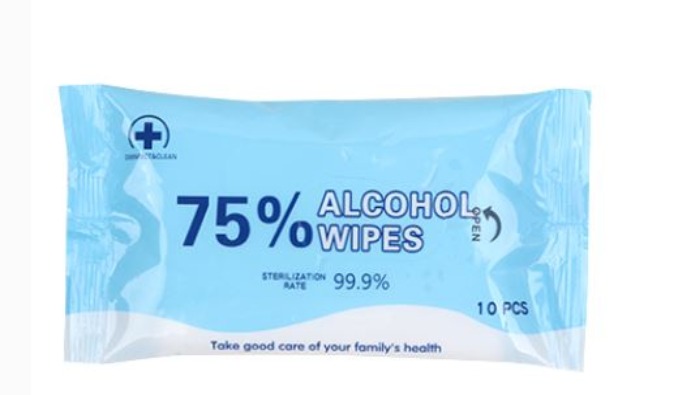
BLOG
KATEGORİDEKİ DİĞER YAZILAR

EN 16615 is the European standard for the evaluation of bactericidal (bactericidal) and yeasticidal (fungicidal) efficacy of biocidal products under laboratory conditions. This standard is used in particular to determine the efficacy of professional cleaning and disinfection products. EN 16615 includes a series of test protocols that verify the efficacy of biocidal products on microorganisms.
Objective: To measure the lethal activity of the product on microorganisms and to verify bactericidal and yeasticidal activity under appropriate conditions.
Application Areas:
Methods:
Test Procedures
Evaluation of Results:
4 samples prepared according to the standard are placed in the test medium inoculated with Enterococcus hirae, Pseudomonas aeruginosa and Staphylococcus aureus bacteria. It is based on determining how much the bacterial load decreases during the 1, 5, 10, 15 minute test process.
The tests determine how the lethal efficacy of products on microorganisms decreases or increases over time. The results are evaluated according to the validity criteria set by the Committee for European Standards (CEN).
Samples tested under the EN 16615 standard are expected to be 99.99% effective against bacteria and yeasts.
In medical facilities, disinfecting wipes are typically applied to reduce microbial contamination on frequently used surfaces. Therefore, the disinfectants with which the wipes are impregnated should have short contact times and a broad spectrum of antimicrobial action. In practice, commercially available disinfection wipes are typically impregnated with alcohol-based solutions and used to disinfect small surfaces.
EN 16615: Chemical disinfectants and antiseptics. Quantitative test method for the evaluation of bactericidal and yeasticidal activity on non-porous surfaces by mechanical action using wipes in the medical field
Nanolab Laboratories Group continues on chemical disinfectants and antiseptics. We also provide services in Biocidal Product Analysis.
Contact us for more information.
You can follow us on LinkedIn for up-to-date news and posts about our services.
Follow our Instagram account to be informed about our latest blog posts.